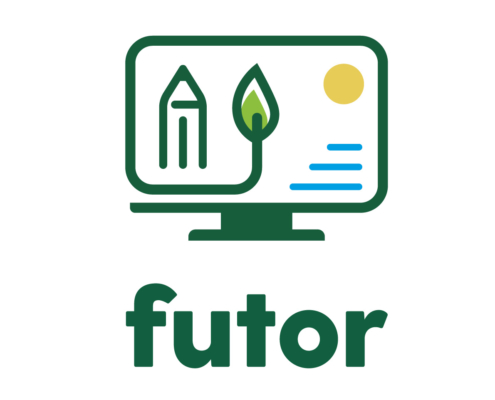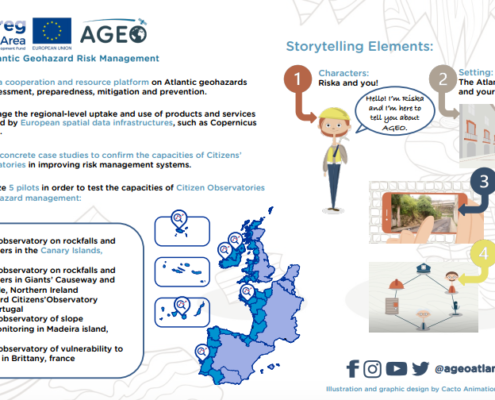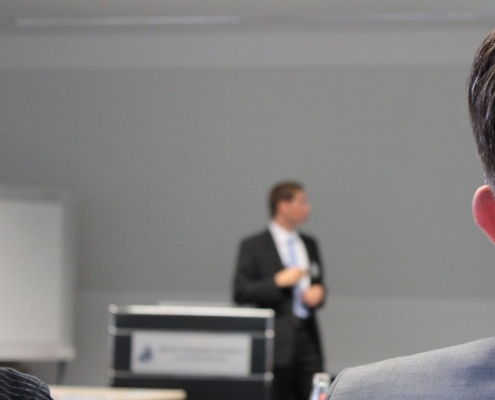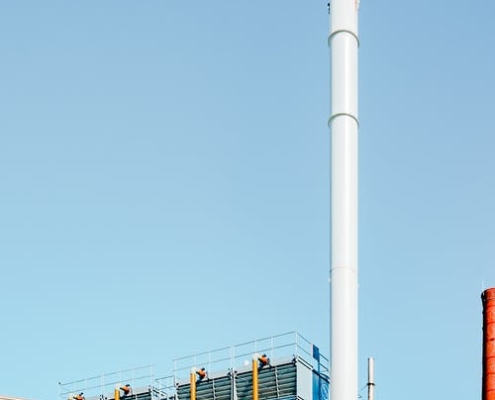
INCORE Project Kick-off
The most recent collaborative project in LPRC's portfolio - INCORE…

La Palma Research Centre to take part in a new EIT-funded project for boosting entrepreneurship in Europe
We are happy to announce that LPRC will be taking part in a new…

FUTOR project kick-off
FUTOR - Fostering Futures Thinking in Europe’s Outermost Regions…

Tree planting is not always good: the paradox of low-tech Carbon Capture and Storage Strategy in Europe
Introduction
The European Union is faced with a once in a lifetime…
 AGEO
AGEOAGEO presented at the “Future of Science Communication Conference”
The Future of Science Communication Conference was held on the…

LPRC presents its work during INTERMIN’s Final Conference
The INTERMIN project held its Final Conference on the 22nd of…

LPRC contributes to the MOBI-US Training event – Part 1
The MOBI-US project has reached one more important milestone…

MOBI-US project – Join the Training Staff event!
On the 18th June 2021 the MOBI-US project will host a training…

LPRC joins the Baseload Capital Online Seminar #3: Geothermal and Risks (part 2)
Drilling risks
The key to the economies of scale in geothermal…

LPRC joins the Baseload Capital Online Seminar #3: Geothermal and Risks (part 1)
On the 3rd June 2021, Baseload Capital (Swedish investment bank…
